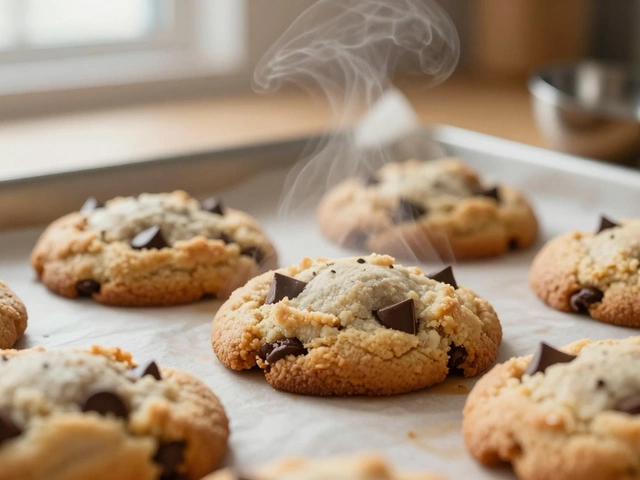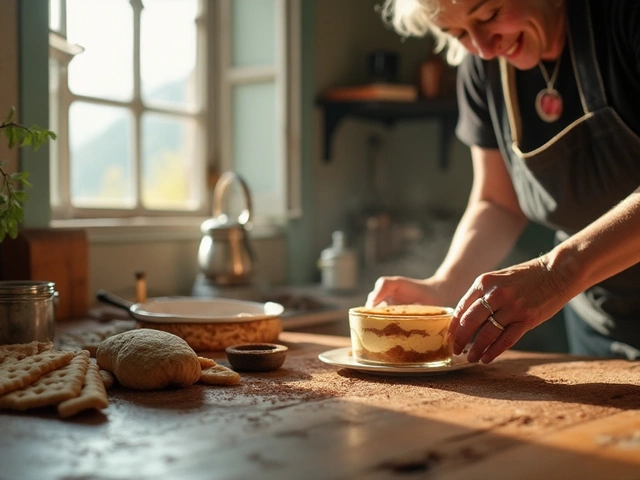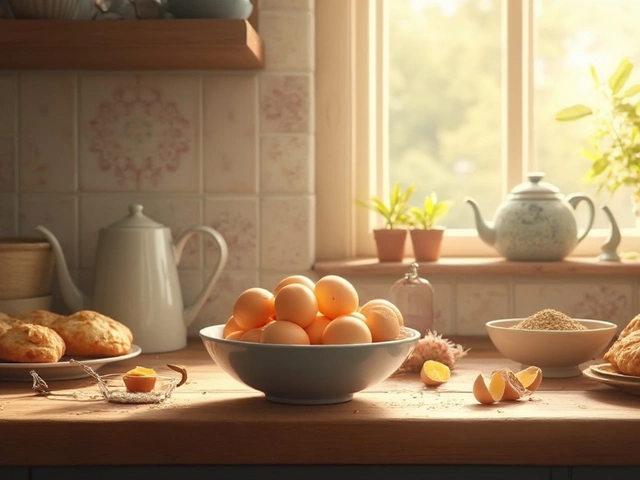Why Macarons Are Expensive: Simple Facts You Need to Know
Ever wondered why a tiny box of macarons can cost as much as a gourmet dinner? You’re not alone. Macarons look delicate, but behind that perfect shell is a bunch of cost‑driving details. Let’s break it down so you know exactly what you’re paying for.
Ingredient Quality Drives the Price
First off, the almond flour that gives macarons their nutty flavor isn’t cheap. Professional bakers source finely milled, super‑fresh almonds to avoid any grainy texture. Then there’s the egg whites – they have to be pasteurised and filtered to keep the meringue smooth. Add a splash of real butter, quality chocolate, fruit purées, or premium flavors, and the cost climbs quickly. Using inexpensive substitutes might save money, but the taste and texture suffer.
Labor and Skill Matter
Making a macaron isn’t like whisking a batter and sliding it into the oven. The batter, called a macaronage, needs exact timing and the right consistency. Too much mixing and the shells become flat; too little and they crack. Bakers spend hours mastering this delicate balance. Each batch also requires careful piping, drying, and precise baking. All that hands‑on work adds up, especially in small bakeries where the baker does everything themselves.
Equipment plays a role too. Professional mixers, silicone mats, and temperature‑controlled ovens are pricey investments. Small bakeries keep these tools to stay competitive, and they pass a portion of that cost onto the customer.
Location influences price as well. A macaron shop in a high‑traffic city center has higher rent, utilities, and staff wages than a suburban kitchen. Those overheads are reflected in the final price tag.
Finally, packaging isn’t just a box. Elegant tins, custom inserts, and branding add to the perceived value – and the cost. Consumers often see beautifully packaged macarons as a gift, so bakers price them accordingly.
So, when you see a $4 box of 6‑piece macarons, remember it’s not just sugar and color. It’s premium almonds, skilled labor, specialized equipment, and boutique packaging all rolled into one bite.
If you love the flavor but want to save, try making them at home. You’ll control the ingredient costs and still enjoy that classic snap and creamy filling. Plenty of step‑by‑step guides are out there to help you master the macaronage without breaking the bank.
Bottom line: the price of macarons reflects the quality of ingredients, the skill required, the equipment used, and the market where they’re sold. Knowing these factors lets you decide if the cost is worth it for you.






